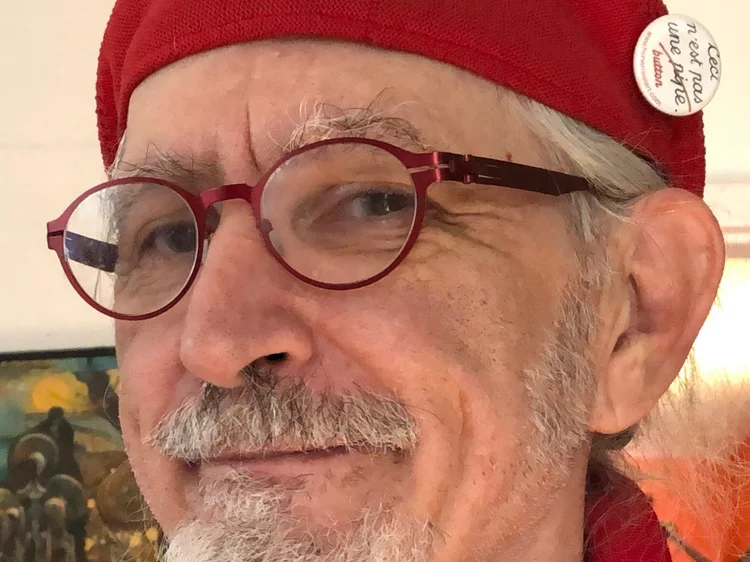I often wonder why people are more willing to commission a portrait of a pet rather than themselves. Perhaps it is a revaluation of the "forever youthful" perception that we carry inside of us that makes us dread what is seen by the rest of the world.
What you receive in a portrait painting is not the harsh reality of a photo, but an interpretation of your impact on the artist, who then takes that perception processed by the mind by rendering it to canvas. The art is then perceived by other people and given a new interpretation. This is the dance we are involved in perception glazed on top of reality. Art gives us a chance to rediscover what we thought we knew intimately.
The internet has become a wonderful source for reference photos. So far I have had a good reception when requesting peoples photos as an inspiration for a painting. My time is limited so if you have a request to be a model please be sure to ask artxruss@gmail.com. Patrons are also welcomed to request paintings gift someone in the family, friends or work.




